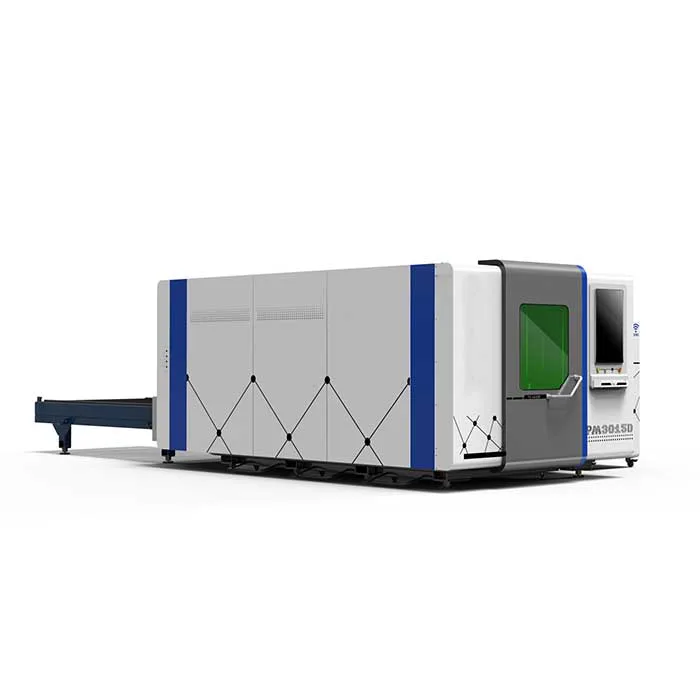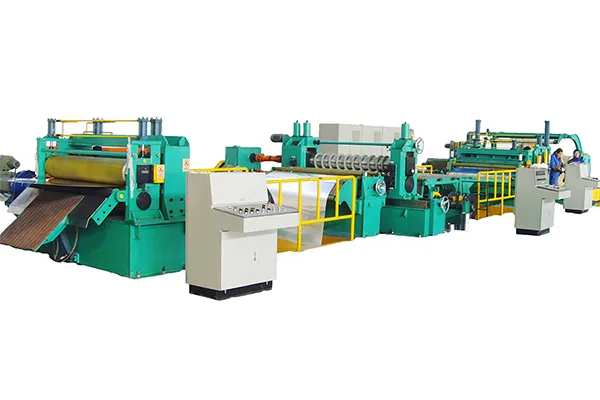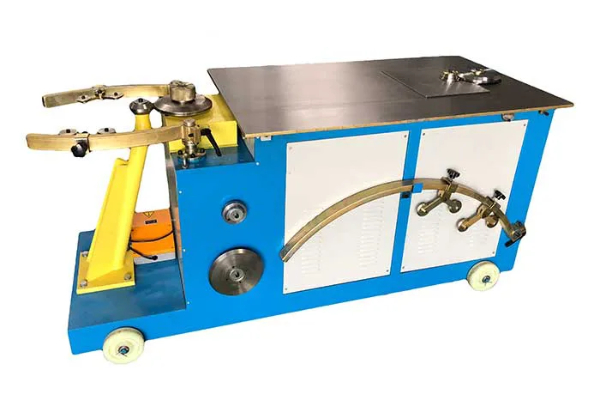
Troubleshooting Common Issues with Sheet Metal Forming Equipment
- By:Metmac
- 2024-06-06
- 215
Troubleshooting Common Issues with Sheet Metal Forming Equipment: Unlocking Seamless Operations
Sheet metal forming equipment, the backbone of countless industries, plays a crucial role in shaping the world around us. However, like any intricate machinery, these behemoths are not immune to occasional glitches. From misalignment to material defects, every issue has a telltale sign.
Navigating Misalignment Woes
Misalignment can manifest as uneven bends or deformed parts. A thorough inspection of the die and punch is imperative. Look for any nicks, burrs, or wear that may be the culprit. Realigning the dies carefully and ensuring their proper seating will often resolve the issue.
Deciphering Material Defects
Sheet metal’s idiosyncrasies can also lead to forming hiccups. Thin materials may tear or buckle under excessive force, while thick materials may resist bending altogether. Assessing the material’s thickness, grain direction, and tensile strength will guide you towards the optimal forming parameters.
Conquering Blank Holder Challenges
The blank holder, responsible for securing the sheet metal during forming, can sometimes malfunction. Loose bolts or improper pressure can cause wrinkling or sliding. Tightening the bolts and adjusting the pressure settings will likely restore functionality.
Troubleshooting Hydraulic System Issues
Hydraulic systems power the forming process. Leaks or air entrapment can hamper their efficiency. A thorough examination of the hoses, fittings, and cylinders will reveal any defects. If air entrapment is suspected, bleeding the system may be necessary.
Diagnosing Electrical Anomalies
Electrical malfunctions can cripple the entire operation. Check for loose connections, frayed wires, or burnt-out components. Replace any damaged elements and ensure all connections are secure. If the problem persists, consider consulting an electrician.
Conclusion
Troubleshooting common issues with sheet metal forming equipment requires a keen eye, a methodical approach, and a deep understanding of the machinery’s intricacies. By addressing these issues promptly and effectively, manufacturers can minimize downtime, maintain production efficiency, and deliver high-quality products that meet the demands of today’s competitive market.
-
Mastering Form and Force: A Guide to Modern Metal Plate Bending Machines
2025/12/16 -
Demystifying Sheet Metal Laser Cutting Machine Price: The METMAC Value Perspective
2025/12/16 -
Metal Sheet Machinery: The Engine of Modern Fabrication and the METMAC Advantage
2025/12/16 -
Beyond the Bend: The Power and Precision of the Modern Sheet Profile Machine
2025/12/16
-
Advanced Sheet Metal Rolling, Laser Cutting, and Folding Machines for Precision Fabrication
2025/10/31 -
High-Performance Sheet Metal Bending and Cutting Machines for Modern Fabrication
2025/10/31 -
High-Quality Sheet Metal Equipment for Sale: Efficient Solutions for Modern Manufacturing
2025/10/31 -
High-Performance Sheet Metal Equipment for Sale: Forming and Shearing Solutions for Modern Fabrication
2025/10/22
-
A Guide to the Latest Innovations in Sheet Metal Folding Machines
2024/11/29 -
Key Features to Consider When Investing in a Sheet Metal Folding Machine
2024/11/28 -
Enhancing Precision with Advanced Sheet Metal Folding Machines
2024/11/27 -
How to Choose the Right Sheet Metal Folding Machine for Your Workshop
2024/11/26







